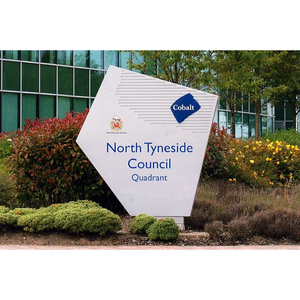New Street Lighting Bulbs to Be Switched On
New Street Lighting Bulbs to Be Switched On
Environmentally friendly lighting is to be installed in the borough of North Tyneside. The system was approved on Monday at a meeting for the members of North Tyneside Council’s cabinet. The meeting was called to discuss ways in which the council could reduce its carbon footprint as well as save £200,000 a year in electricity costs. A total of 10,700 street lights in residential areas, will be fitted with new energy efficient bulbs, which will gradually dim by 40% between midnight and 5.30am.
Cabinet members were told that residents were unlikely to see the change in the ‘dimming’ lighting times, and that it would be a significant role in helping to reduce the carbon emissions created by the council as well as cutting electricity costs. Cabinet member John Stirling responsible for sustainable development, said: “It is important that we make this change over as street lighting in North Tyneside accounts for almost a quarter of the council’s carbon footprint and the annual cost is £1.76m, fixed until April when it is likely to rise.”
Mayor Norma Redfearn said, “We’re always looking for new ways to make savings without adversely affecting services that are important to local people.”She added, “This new system is an excellent way to cut our electricity bills and our carbon footprint. We’ve had discussions with the police and they’ve no concerns about safety aspects of dimming the street lights in residential areas. Other councils who are already ‘dimming and trimming’ their lights say it’s successful and have reported no problems with community safety or road safety.”
A cabinet member responsible for the environment, Councillor John Harrison said: “This scheme is good news for council tax payers and even better news for the environment. The technology will give us much greater flexibility to control light levels and will lead to a radical reduction in our carbon emissions. Residents will find that the new whiter, more energy-efficient lanterns give a better light and appear brighter than the yellow tinged lights they’ll be replacing.”
Cabinet members have agreed to put together a study group to look for an option of switching off some lighting in major non residential areas for a few hours after midnight.

